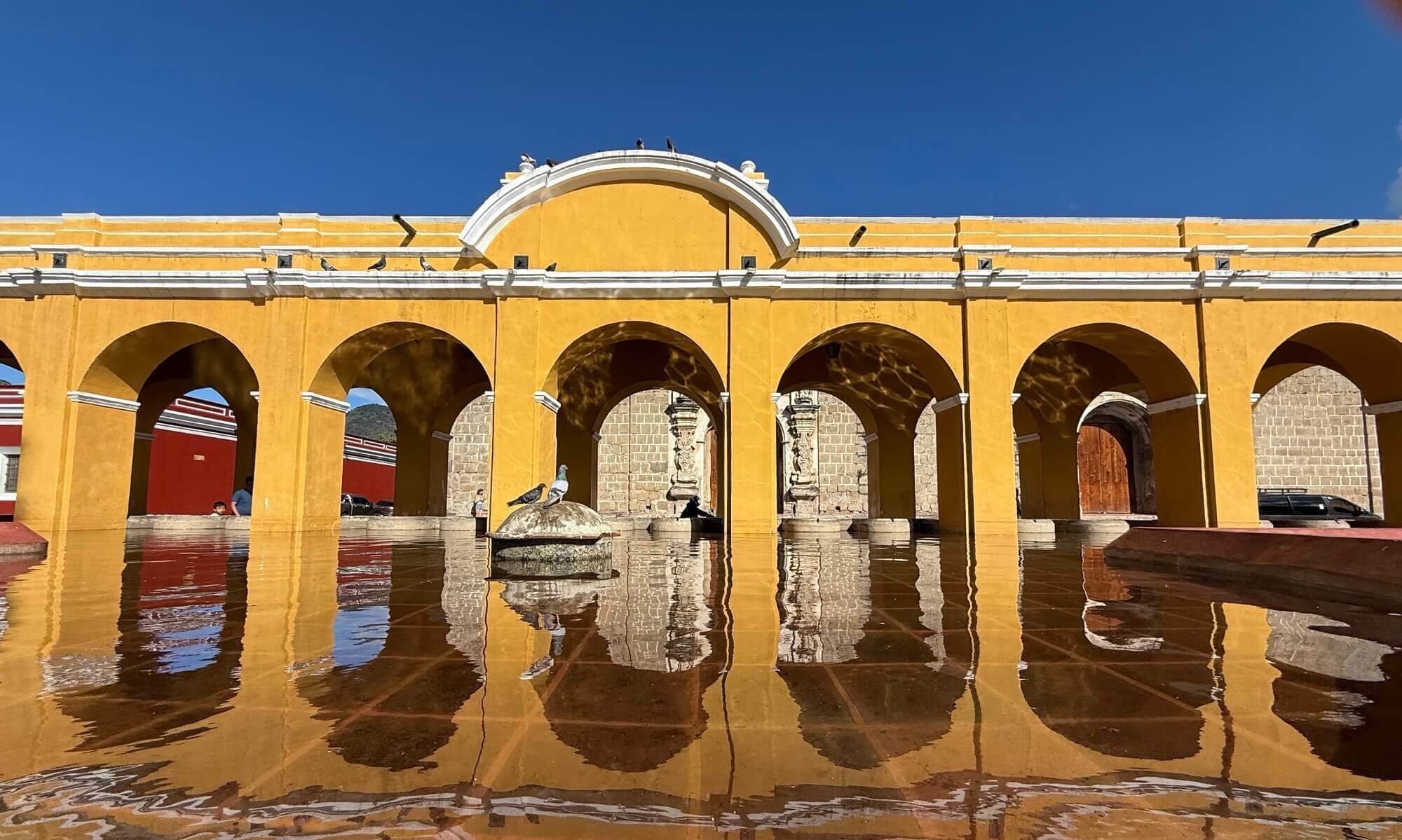The historic town hall of Osnabrück is a striking example of late Gothic architecture, constructed between 1487 and 1512. Its façade is characterized by an 18-meter-high hipped roof, complemented by six small towers that evoke the appearance of a fortress. A central flight of stone steps leads to the main entrance, which features a bronze handle inscribed with the year 1648 and adorned with a dove symbolizing peace. Above the entrance stands a statue of Charlemagne, the founder of Osnabrück, flanked by eight sculptures of German emperors, including Friedrich Barbarossa and Wilhelm I. These statues were gifted by the Prussian royal family in the 19th century, adding historical depth to the building’s exterior.
During World War II, the town hall suffered significant damage when it was bombed in September 1944. Fortunately, its historical furnishings had been removed beforehand, preserving many valuable artifacts. Reconstruction began in 1947 and was completed by 1948, coinciding with the 300th anniversary of the Peace of Westphalia (Pax Westphalica, Westfälischer Friede). Today, the building stands as a testament to resilience and serves as a reminder of Osnabrück’s rich history.
The Thirty Years’ War (1618–1648) was one of Europe’s most devastating conflicts, rooted in religious and political disputes between Protestant and Catholic factions. It ravaged much of Central Europe, leading to widespread destruction and loss of life. The war was ultimately ended by the Peace of Westphalia, a series of treaties negotiated in Osnabrück and Münster. These agreements established principles of modern diplomacy and sovereignty, marking a turning point in European history.
Osnabrück’s town hall played a pivotal role in these negotiations. From 1643 to 1648, envoys from various European powers convened in its ‚Friedenssaal‘ (Hall of Peace) to draft terms that would bring an end to the conflict. The town hall remains a symbol of peace and diplomacy, commemorated through portraits of the envoys displayed within its walls. Its legacy as a site where history was shaped continues to attract visitors from around the world.
Historisches Rathaus
Osnabrück
Germany
Loading map...


